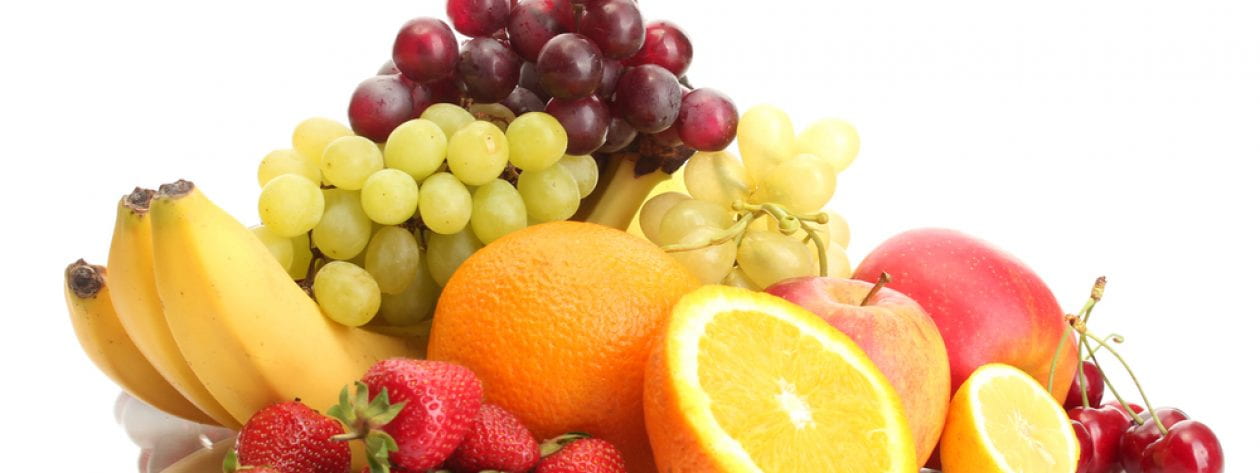You have probably heard of Omega-3 fatty acids, but do you really know what they are?
Omega-3 fatty acids are essential to our health, but our bodies cannot make them. This means we have to get them through the foods that we eat. There are three types of omega-3 fatty acids; EPA, DHA, and ALA. EPA and DHA can be found in cold water fish like salmon, mackerel, lake trout, herring, sardines, and tuna. They are incorporated in many parts of the body, such as cell membranes, and are found in high concentrations in the brain making them essential for healthy aging, both physically and mentally. ALA is used by the body for energy and comes from nuts and other plant-based sources. Omega-3 fatty acids have been shown to lessen inflammation and reduce the risk for developing chronic diseases such as heart disease, cancer and arthritis.
Below are examples of foods that you can incorporate into your diet to ensure you are getting enough Omega-3 fatty acids:
- Fatty Fish
- Walnuts
- Flaxseed/flaxseed oil
- Canola oil
- Soybean oil
In order to ensure you are getting enough omega-3 fatty acids in your diet, the American Heart Association recommends eating fish at least two times per week. If you don’t like fish, or exclude it from your diet, consider other ways to incorporate more Omega-3-rich foods. Saute veggies in canola or soybean oil, include a handful of walnuts as a mid-day snack, or sprinkle some flax or chia seeds on oatmeal or yogurt. Some foods are even fortified with Omega-3 fatty acids, such as orange juice, eggs, or soymilk, so practice with reading food labels can help you find these products.
In celebration of National Nutrition Month® this Thursday, March 16th, the Penn State commonwealth campuses will be featuring recipes that are rich in omega-3 fatty acids. Choose from tasty dishes like Roasted Salmon with Walnut Pepper Relish or Asparagus Almond Rice Pilaf or Flaxseed Flat Bread. Don’t forget to participate in our Color Your Plate social media challenge by pairing these foods and other menu items to create a more well-balanced meal! (If you’re dining at the Penn State University Park campus, there’s no need to feel left out. Show us how you put together meals high in omega-3 fatty acids with our Menu Hack Challenge!)
References
Swanson, Danielle, Robert Block and Shaker A. Mousa. “Omega-3 Fatty Acids EPA and DHA: Health Benefits Throughout Life.” Advances in Nutrition 3 (2012): 1-7, Accessed March 13, 2017, doi: 10.3945/an.111.000893.
University of Maryland Medical Center. “Omega-3 Fatty Acids.” last modified August 5, 2015. http://umm.edu/health/medical/altmed/supplement/omega3-fatty-acids.

